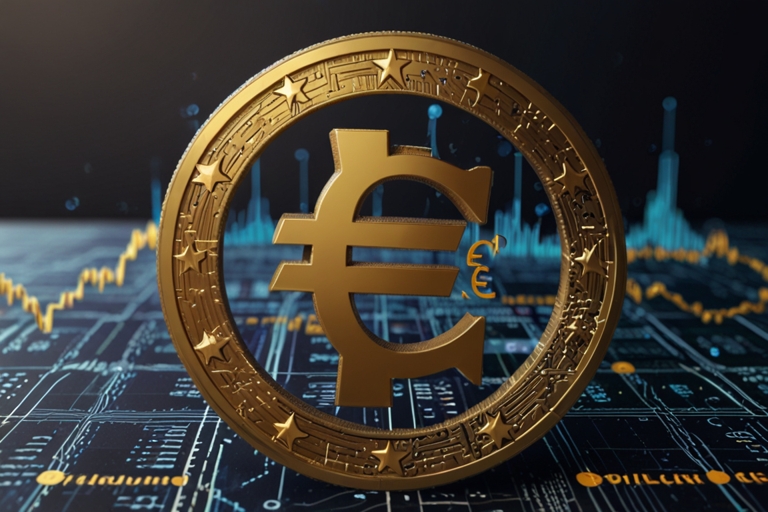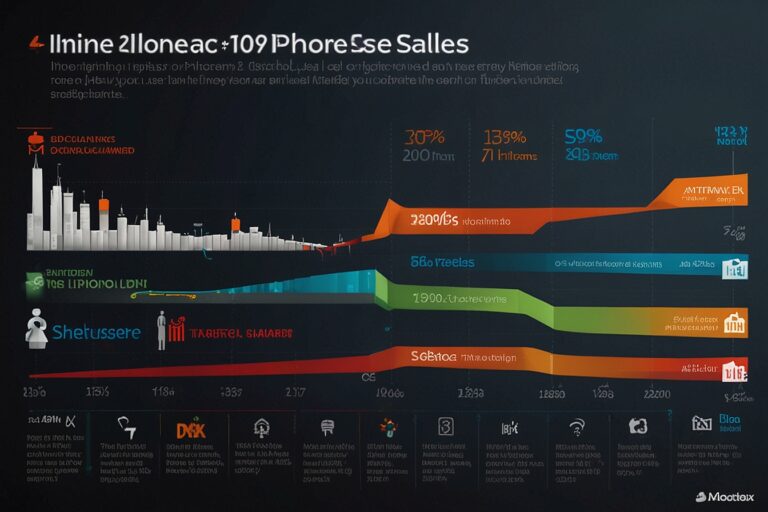
TL;DR
- Lorenzo Bini Smaghi, former ECB board member, urges EU support for euro-backed stablecoins to protect monetary sovereignty.
- The $255 billion stablecoin market is overwhelmingly dollar-dominated, posing strategic risks for Europe.
- Despite legal frameworks like MiCA, EU banks remain hesitant, leaving euro-linked assets underrepresented.
- Failure to act could sideline Europe in the digital financial future, Bini Smaghi warns in the Financial Times.
Europe Lags in the Stablecoin Race
Europe is at risk of becoming a spectator in the global financial future unless it accelerates efforts to support euro-denominated stablecoins, warns Lorenzo Bini Smaghi, former European Central Bank executive and current chair of Société Générale.
Writing in a recent op-ed for the Financial Times, Bini Smaghi stated that the dominance of U.S. dollar-backed stablecoins, now comprising more than 94% of the $255 billion global market, could erode Europe’s financial sovereignty and diminish the euro’s relevance in the digital economy.
Despite having robust frameworks like MiCA (Markets in Crypto-Assets regulation) and pilot regimes for tokenized finance, Europe’s adoption remains sluggish and fragmented, especially when compared to the U.S. and Asia.
Data Callout: Global Stablecoin Market (Q2 2025)
| Stablecoin Type | Market Value (USD) | Share of Total | Source |
| USD-backed | $241 billion | 94.50% | RWA.xyz |
| Euro-backed | <$6 billion | ~2.3% | RWA.xyz |
| Other currencies | $8 billion | ~3.2% | RWA.xyz |
| Total | $255 billion | 100% | RWA.xyz |
Stablecoins: A Strategic Imperative, Not a Trend
According to Bini Smaghi, the underrepresentation of the euro in the global stablecoin market is not merely symbolic. It could have lasting implications on the European Central Bank’s control over monetary policy, cross-border payments, and the EU’s financial autonomy.
He argued that consumers and businesses will naturally migrate toward more efficient digital currencies. If euro-area banks continue to avoid issuing euro-backed tokens, that traffic will flow through U.S.-centric platforms, routing deposits, transactions, and data away from Europe.
“Europe might have to accept its marginalization in the future of global finance,” Bini Smaghi warned.
MiCA Is Not Enough Without Institutional Buy-In
While the EU is among the first jurisdictions to roll out a comprehensive regulatory regime for crypto assets, the private banking sector remains hesitant.
MiCA, enacted in 2023, requires that stablecoin issuers fully back tokens with cash and high-quality sovereign bonds, creating a safe and transparent foundation for adoption. The EU also operates a distributed ledger pilot regime to facilitate digital securities trading across borders.
Yet despite these advances, very few euro stablecoins have gained traction. In fact, Société Générale remains the only major European bank to issue a euro-pegged token — EURCV — launched in 2023. The bank even launched a USD-backed token last month, highlighting where demand currently resides.
The Risk of Losing Monetary Control
The strategic implications extend far beyond market share. Bini Smaghi warned that if dollar stablecoins become the de facto medium of exchange and savings within Europe, eurozone deposits could drain from regulated banks into U.S.-linked crypto platforms.
This shift would weaken the ECB’s ability to:
- Influence interest rates through reserve control
- Stabilize markets during periods of volatility
- Maintain financial autonomy from foreign central banks
“If the ECB doesn’t lean in, it risks being left behind — or worse, rendered irrelevant,” he argued.
A Call for Coordinated Action
To reclaim ground in digital finance, Bini Smaghi recommends a multi-pronged strategy:
- Regulatory Coordination
Establish pan-European stablecoin standards aligned with MiCA but flexible enough to foster innovation and attract issuers. - Public-Private Collaboration
Encourage traditional banks and fintechs to issue euro-backed stablecoins with regulatory incentives and liquidity support. - Cross-Border Integration
Use stablecoins as a tool to unify fragmented EU capital markets and streamline cross-border settlements. - Digital Euro Synergy
Ensure stablecoin development complements — not competes with — the Digital Euro, the ECB’s forthcoming central bank digital currency (CBDC).
“The ECB must back tokenized euros the way the U.S. has embraced stablecoins,” he wrote.
Europe’s Financial Identity at a Crossroads
Europe’s hesitation mirrors a broader trend of technological reluctance across its financial institutions. As Web3 infrastructure becomes increasingly foundational to capital flows, digital trade, and programmable payments, lagging participation threatens to reduce the EU’s economic clout.
While the European Commission and ESMA (European Securities and Markets Authority) have taken regulatory strides, institutional action remains limited. Without stronger leadership from the ECB, euro stablecoins risk becoming a regulatory artifact rather than a functional tool.




